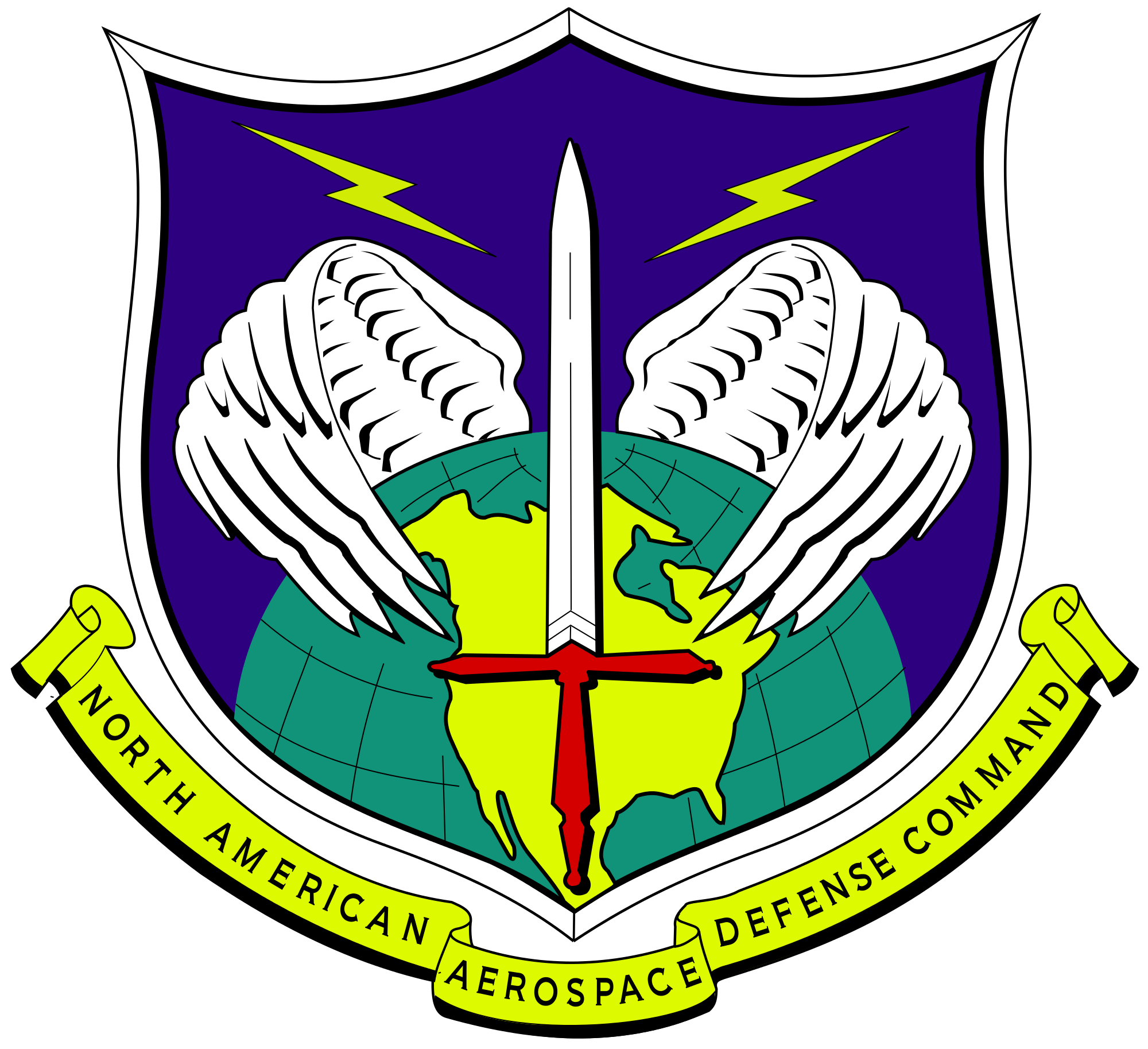Part Two of Two Parts: (Pease read Part One first)
During the Cold War, the U.S. created the Emergency Broadcast System to warn U.S. citizens over the civilian radio system that the Soviet Union had launched a nuclear attack. School children were told to dive under their desks in rehearsals for responding to a nuclear attack. The system was tested by NORAD every Saturday morning. They sent a teletype message to every U.S. radio stations requesting that they interrupt their regular programming to broadcast a test message from NORAD. In February of 1971, a civilian teletype officer loaded the wrong message in the alert system. Instead of hearing "This is only a test" as usual, people heard a message telling them to stand by for an emergency alert from the U.S. President. Everyone assumed that the Soviet Union had launched missiles at us and radio stations broadcast confused statements about the "forthcoming emergency announcement." NORAD realized that a mistake had been made immediately but took forty five minutes to locate the proper code they needed to cancel the alert. Once the code was located, there was a broadcast canceling the alert. While this incident itself did not cause the U.S. to move into nuclear attack mode, it is possible that the Soviet Union upon hearing the alert might have falsely assumed that we were preparing to launch an attack on them and launched a pre-emptive strike on the U.S. Fortunately, this did not happen.
In November of 1979, an Air Force officer at NORAD ran a training program that was a simulation of the Soviet Union launching one thousand nuclear missiles at the U.S. He did not realize that his computer was connected to the NORAD mainframe computer. As soon as his simulation started running, computers throughout the U.S. defense network began showing that the Russians had launched a massive nuclear attack on the U.S. U.S. missile silos were told to prepare to launch their missiles. Nuclear bombers warmed up on the runways. Fighters took off to attack the expected incoming nuclear bombers from the Soviet Union. The commander of NORAD called the network of early warning radar stations to confirm that there were Soviet missiles inbound. The radar stations reported that there were no missiles inbound as did the satellites in orbit to detect missiles and the alert was cancelled.
Early in the morning hours of June of 1980, an Air Force duty officer at the North American Aerospace Defense Command (NORAD) saw one of his readouts change from "O Incoming Missiles" to "2 Incoming Missiles." Then it changed to show "220 Incoming Missiles." The alert went out across the U.S. that we were under attack. Nuclear bombers were launched from bases around the country. The National Security Advisor was woken in Washington, D.C. However, there were no radar traces of incoming missiles at NORAD and the alert was cancelled. The bombers were recalled and World War III was avoided. It was later determined that a cheap electronic chip in the warning system had failed and caused the false alarm.
There have probably been at least a dozen close calls when World War III almost happened. We have been very lucky to have survived so far in this precarious situation. It is critical to the survival of our civilization that we immediately get rid of all nuclear warhead as remote a possibility as that may seem.
